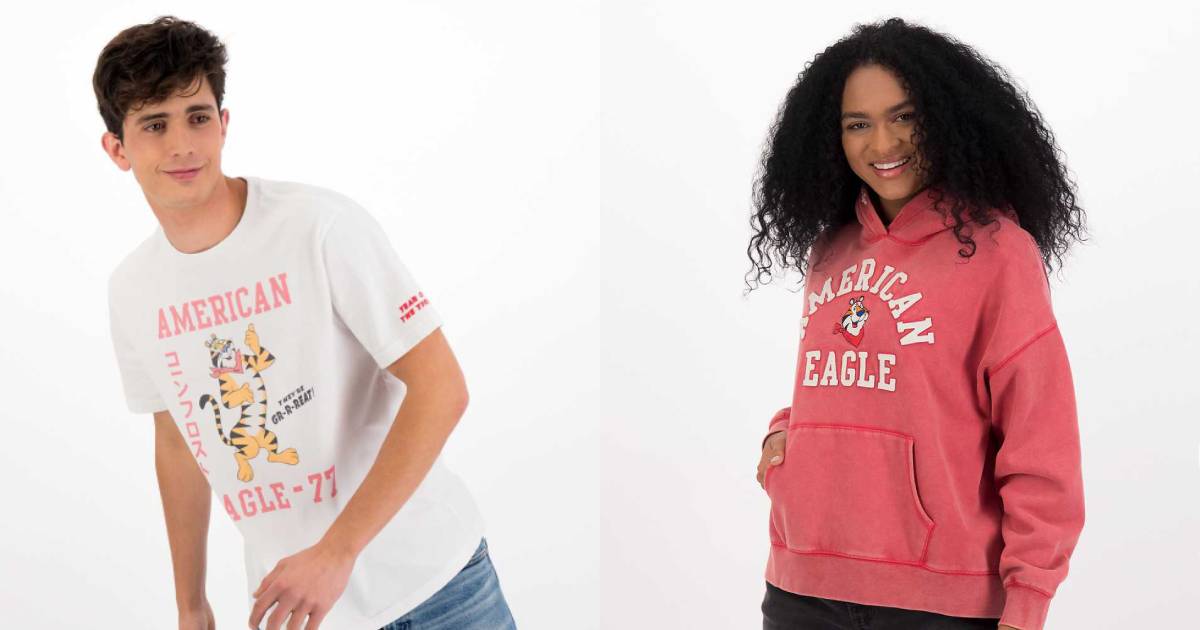Cereal Mascots Have an Appetite for Licensing

Cereal mascots aren’t just for breakfast anymore. Increasingly, these characters are expanding to focus on content and consumer products far beyond the kitchen table.
And while they are no strangers to marketing—Force Food Co.’s Sunny Jim debuted in 1902 to promote Force cereal—there has recently been an increasing spotlight on licensing efforts inspired by cereal mascots.
For example, Funko has fielded vinyl figures featuring cereal brands, including Quaker Oats’ Cap’n Crunch. And American Eagle Outfitters launched a 24-piece line inspired by Tony the Tiger, the mascot for Kellogg’s Frosted Flakes.
Additionally, Kellogg’s broke new ground when it collaborated with Twitch’s Brand Partnership Studio to remake Tony the Tiger into an interactive VTuber, moving beyond physical consumer products and into the digital world with a two-hour livestreaming event. The mascot was paired with streamers Brennon “GoldGlove” O’Neill, Chrissy “Chrissyofficial” Costanza, and Jakeem “Big Cheese” Johnson on Twitch to play Epic Games’ Fortnite title. The mascot’s channel has 7,800 followers and may signal a new direction for the brand.
“We’re always looking for ways to connect with lifelong fans and the next generation of cereal lovers, whether that’s through releasing new flavors or by showing up in new places,” said Sadie Garcia, Director of Brand Marketing at Kellogg All Family Cereal. “Twitch gave Tony and Kellogg’s Frosted Flakes a chance to connect with new audiences and engage unlike we’ve ever done before.”
For generations, cereal mascots have helped to make various brands into household names. Many of these characters arrived when TV advertising was on the rise, including General Mills’ Trix Rabbit (1960), Lucky the Leprechaun for Lucky Charms (1964), Buzz for Honey Nut Cheerios (1979), and Fred Flintstone and Barney Rubble for Post Holdings’ Fruity Cocoa Pebbles under license from Flintstones creator Hanna-Barbera (1971).
Today, expanding into new categories—and maintaining an emotional connection with consumers—is more important than ever as cereal brands work to maintain the sharp sales increases seen during the pandemic.
Post Holdings (whose consumer business has a 19.1% market share) recently reported a 9% rise in Q1 cereal sales fueled by an 11% increase in wholesale prices, but a 1% decline in unit volume. At Kellogg Company, cereal dollar sales have been “very strong” due largely to price increases, said CEO Steve Cahillane. Kellogg’s is in the process of splitting into three separate organizations, including one dedicated to cereal. The company is “feeling good” about its cereal business for the next two years, Cahillane said.
“There are two very different objectives [for licensing], but very important ones,” said Leah Broeders, head of licensing, partnerships, sponsorships and PR at Post. “The trick that we try to do is balance between the two, and how do we have that kind of steady drumbeat of those longer-term revenue drives but pulse in some of these fun and expected things in the right times and places?”




